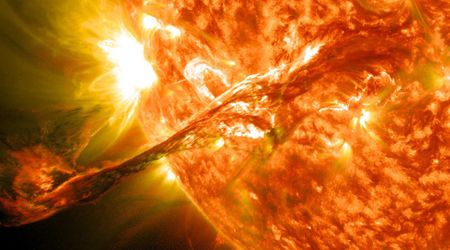Harvard astronomer Avi Loeb criticizes NASA’s big 3I/ATLAS reveal: 'Boring messages'
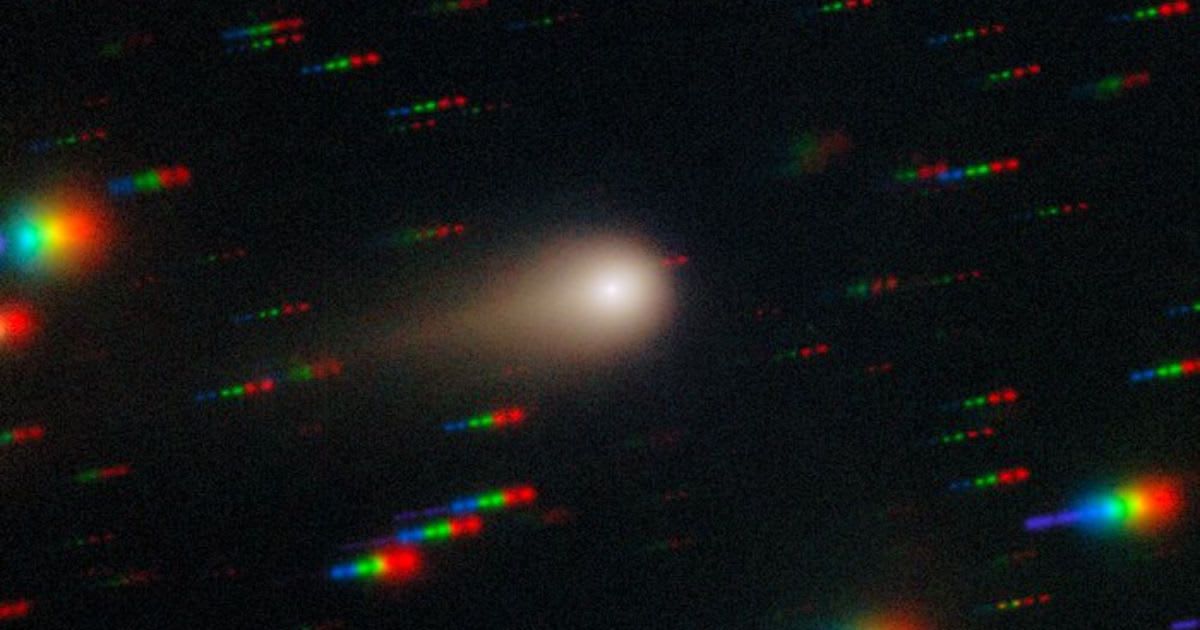
NASA finally released new images of interstellar object 3I/ATLAS post the U.S. government shutdown. In the live event on November 19, 2025, experts from the space agency not only revealed the images but also talked about the visible features and what they implied. However, Harvard astronomer Avi Loeb was far from impressed. He felt that the agency did not reveal anything new or unknown, nor did they try to. On his Medium blog, he reiterated what he had said in a press conference preceding the event. “I do not expect big news. NASA will repeat the official mantra that 3I/ATLAS is a natural comet and that they were unable to process the data until this week because of the government shutdown. Both are boring messages."
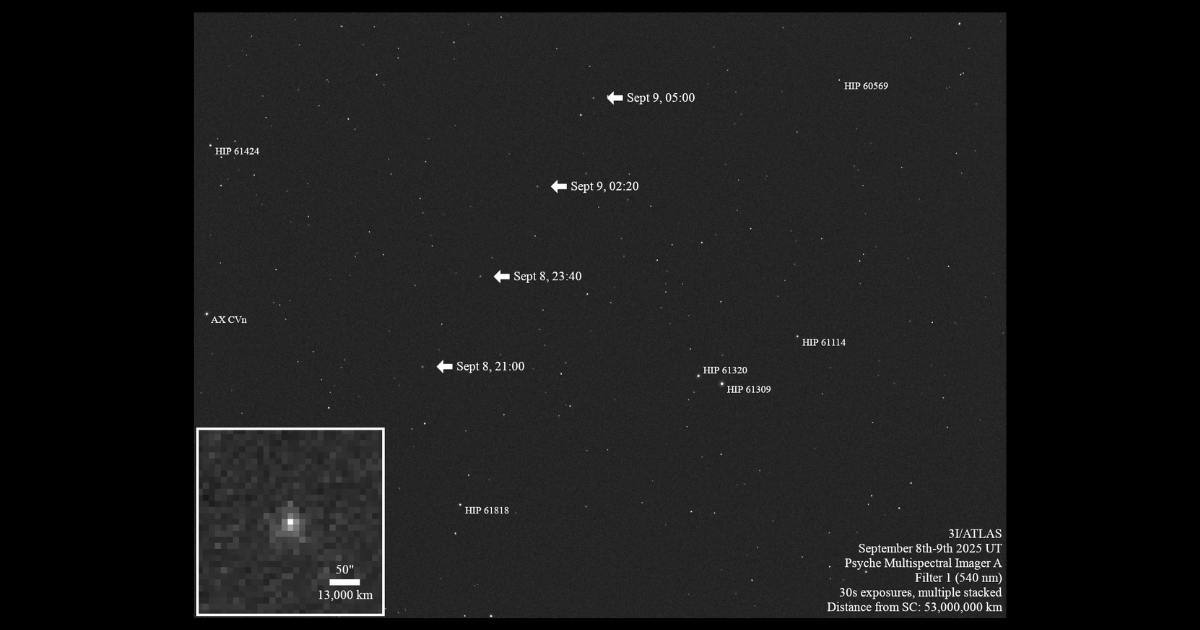
Loeb believed that the spokespeople should have emphasized what we did not know about 3I/ATLAS rather than insisting on familiar things. They mentioned 3I/ATLAS shedding gas and dust, and responding to gravity. But Loeb claimed that a spacecraft traveling in a similar environment, collecting dust and CO2, CO & H2O ices on its surface, could also develop such an outer layer prone to sublimation. “When monitoring an interstellar visitor, we should not fall prey to traditional thinking but scrutinize new interpretations,” Loeb wrote in his blog.

Loeb had also predicted a fuzzy image from the HiRISE camera onboard the Mars Reconnaissance Orbiter, but still had hope to be surprised. Well, he wasn't. The smearing of light by several pixels proved his prediction right, but he assured that he would analyse the data and extract the most important information. Listing all the different images and spacecraft, he said that the data from NASA added very little to already existing knowledge.
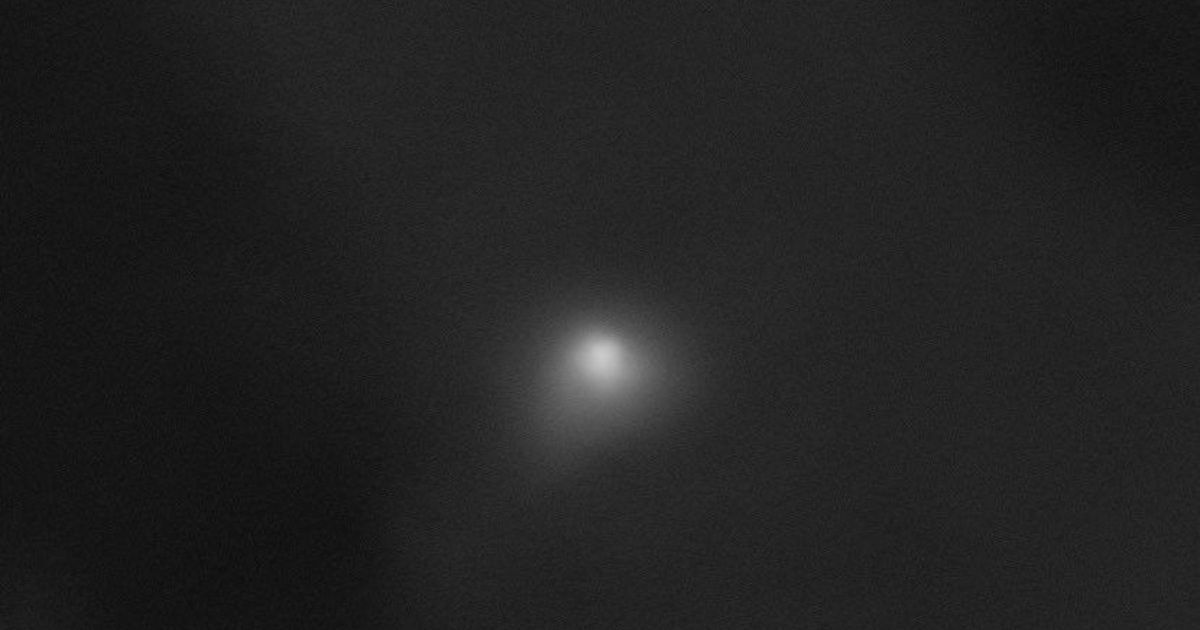
Loeb quoted Sherlock Holmes: “There is nothing more deceptive than an obvious fact,” and “It is a capital mistake to theorize before one has data. Insensibly, one begins to twist facts to suit theories, instead of theories to suit facts.” He didn't think that the people at NASA shared this worldview. Loeb was particularly irked by the fact that NASA did not address the anomalies and puzzles pointed out about the comet, including the one about its mass, which is estimated to be several times larger than the other two interstellar objects that we know of - 'Oumuamua and 2I/Borisov.
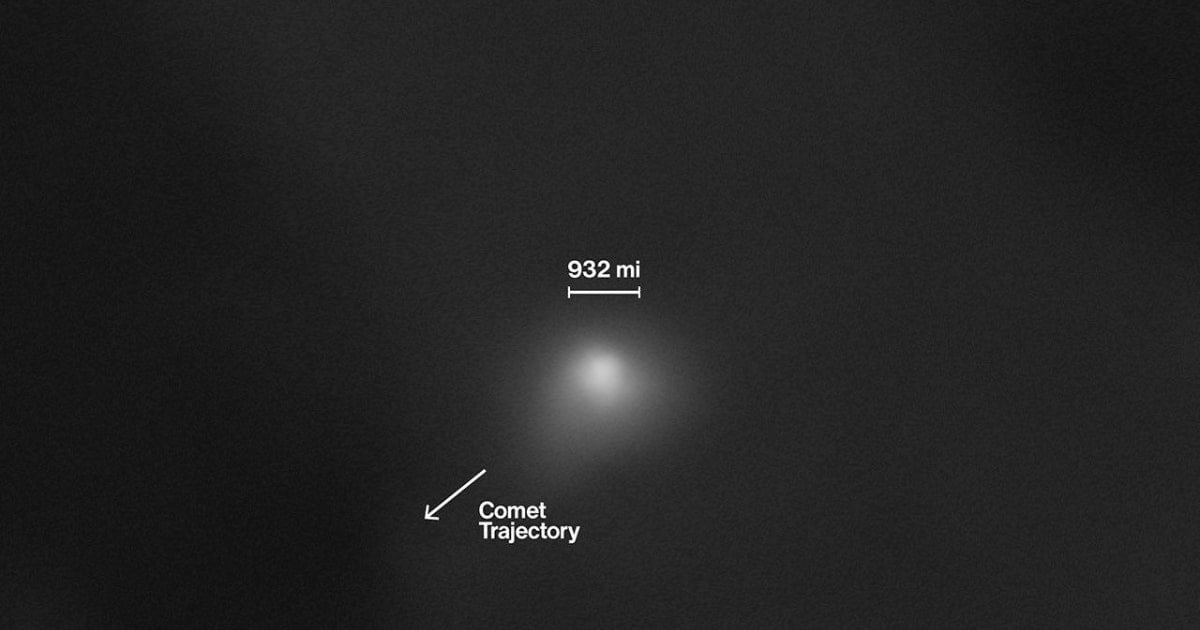
The astronomer then drew attention to the images of 3I/ATLAS captured by amateur astronomers since its perihelion. “In retrospect, these amateur astronomer images are far more exciting than the HiRISE image shared by NASA’s officials,” he wrote. Over the next few weeks, larger ground-based telescopes, as well as the Hubble and James Webb telescopes, will be able to characterize the jets of 3I/ATLAS. He said that this data would help understand whether they were produced by natural pockets of ice warmed by sunlight or by technological thrusters.

Loeb had urged NASA to check for any evidence of new objects that “either accompanied 3I/ATLAS or left it towards Mars and Earth.” Data on the same from Earth-based NASA satellites or Galileo Project observatories might reveal fragments that could be “from an iceberg that broke up or mini-probes released by a technological mothership.” Overall, Loeb was not impressed with NASA's big 3I/ATLAS reveal. “But the rest of us know that the best is yet to come,” he concluded.
More on Starlust
Harvard astronomer Avi Loeb calls on NASA to release scientific data on interstellar comet 3I/ATLAS






